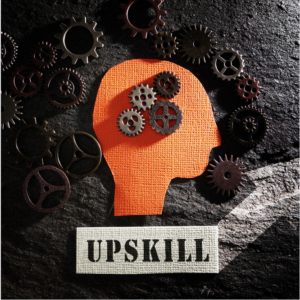Office work changing with new generations
The work station is on the brink of extinction.
Changes to the way we do business means fewer spend a whole day in the office any more. Home offices, powered by laptops and other technology, have transformed the traditional working day into a mobile, flexible and connected affair.
But now a third age of work space is dawning, according to William Willems, regional vice-president for global firm Regus, which provides serviced office accommodation around the world.
Satellite offices, dotted across major cities and countries, are enabling companies to provide their workers with a professional working environment without a hefty bill for office space.
“Businesses outsource a whole range of services these days and they’re outsourcing their office space now as well,” Willems says.
“Corporations will always keep their headquarters for doing their core business and to retain their corporate identity but they need more flexibility in managing their office space than ever before.
“Companies have to be able to grow very quickly and then reduce very quickly these days.
“On top of that, about 25 per cent of the workforce in Australia is now considered contractors, consultants or part-time workers.
“Where do you put these people? The conventional lease is very inflexible. You usually have to take it for seven years and you can’t reduce or increase the square metres in that time to suit your business.
“And office space is very expensive today. On average, large corporations spend $18,000 – $20,000 per person per year on office space.”
Willems’ prediction echoes major findings in the Australian Human Resources Institute’s people@work/2020 white paper, released earlier this year.
In that, AHRI national president Peter Wilson says the typical 2010 workplace, characterised by workers anchored to solitary workstations in an open-plan office, produces generational tensions with baby-boomer bosses insisting workers are present for greater periods of time than is necessary or efficient.
“For optimal effectiveness, workers will need to have at their disposal a number of work space options that include office, home and remote locations, at solitary workstations, interactive work zones or networking in a cafe environment,” Wilson says.
Corporate recruiter Fiona Hackett, director of Electus Recruitment, says changes are already happening with information technology company Xpand introducing a “results only work environment” with “no set hours, no mandatory meetings” in its Sydney and Singapore offices.
Hackett says the trend is set to intensify as baby boomers begin to retire in increasing numbers and the more independent-thinking Gen Xers and Gen Ys emerge as the new corporate leaders.
“The traditional concept of the boss in the big office surrounded by staff will be seen as inefficient,” she says.
“It will be replaced with a more flexible workplace structure in which staff are connected via multiple communication platforms.”
Willems says some companies have already introduced “hot desking” or “activity-based” arrangements where staff book a desk in the office for the days they need it. Others are trialing a GPS system.
“That system involves a large screen which shows who is in the office so people can track you in the building,” Willems says. “It’s about optimising presence in the office.”
Early moves by companies to reduce the cost of office space by creating open-plan work environments have failed in many situations.
Noise, mess and workers who monopolise communal space have led to tension among workers and constant distractions have caused productivity to drop in many open-plan environments.
A recent report conducted by Regus, titled Agility@Work, found other work space alternatives are proving successful.
More than 2500 staff at the Macquarie Group in Sydney use laptops and other technologies to choose from a range of work spaces including a “dynamic central street” and a “plaza” on each floor.
And Vodafone’s Auckland office has 1300 workers, equipped with the latest mobile technology, but no desk. They can work at a shared workstation or in one of the company’s more social cafe-style areas which, the study found, appeals to young talent through its innovative, informal and “collegiate” atmosphere.
In Australia, 15,000 workers use Regus’s Business World, a network of serviced offices in 20 locations around the country, including two in Brisbane, where staff can access the internet, work in a professional environment and hold meetings.
“This is where I think the future lies,” Willems says.
Despite inevitable changes to come, Hackett says there will always be a place for the traditional work station.
“People by nature respond to and will always need structure, good management and leadership,” she says.
“But the work station as we know it will be treated more as a communication hub for idea sharing and networking, rather than a formal work forum.”



